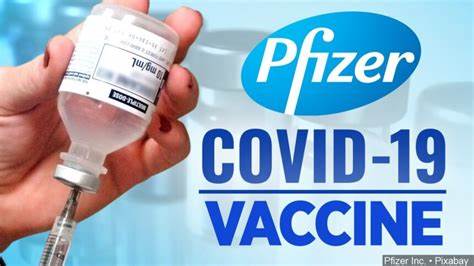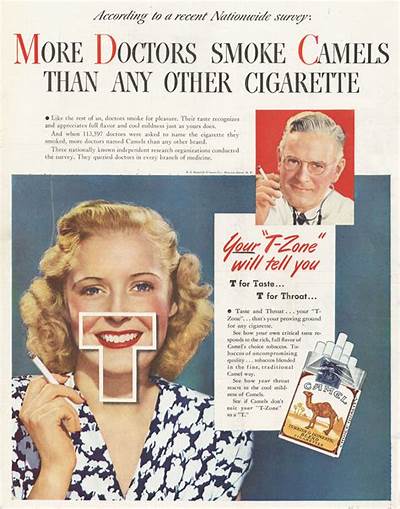In this week’s blog, I would like two discuss three times of sources: credible, not credible, and attractive.
The first source is an example of a credible source:

The Pfizer vaccine images and other images promoting the vaccines may be considered credible has data and new found information pertaining to the vaccines was always shared and explained by experts to the general public. That is a sign oof building trust and being honest about research.
This is an example of a source that is not credible:

Though this is an outdated add, this is an example of an attempt at using trusted professionals as a means of persuading and building a false sense of safety or security in a product that may cause harm.
Lastly, this is an example of an advertisement using an attractive communicator to establish false credibility:

This ad appeals to the public as they use a celebrity to say how great a product is, and it works in some cases. However, Jim Beam may not be considered as much as a luxury like it is in the ad versus other whiskeys.